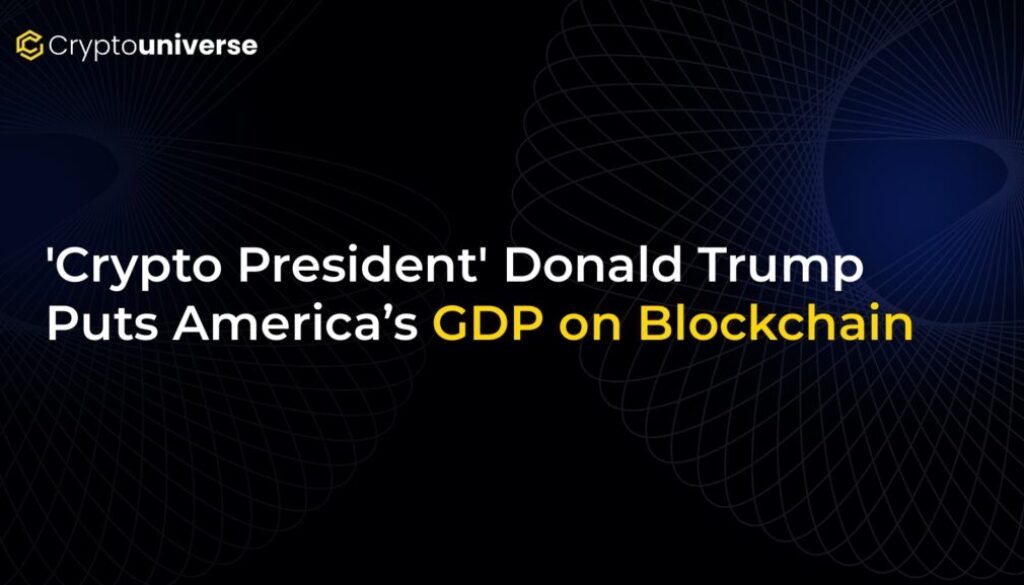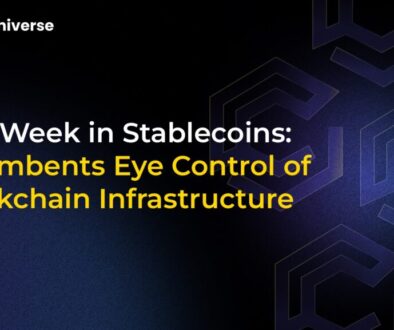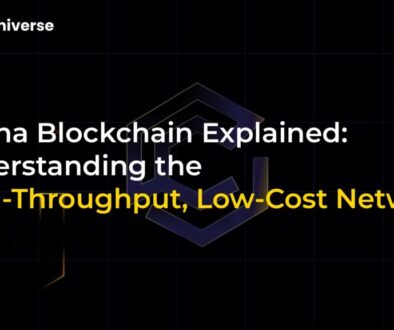‘Crypto President’ Donald Trump Puts America’s GDP on Blockchain

A Monumental Leap for Transparency: US Economic Data Moves to a Digital Ledger
In a move that has sent shockwaves through both Washington D.C. and the global financial markets, President Donald Trump has officially initiated a project to record the United States’ Gross Domestic Product (GDP) on a blockchain. The announcement, made from the White House on August 30, 2025, solidifies Trump’s reputation as the ‘Crypto President’ and marks a historic intersection of national governance and decentralized technology.
This unprecedented step aims to bring what the administration calls “unimpeachable transparency and real-time accuracy” to the nation’s most critical economic indicator. The move signals a profound shift in how governments may handle sensitive data in the future, potentially setting a new global standard for economic reporting.
What is the ‘GDP on Blockchain’ Initiative?
At its core, the initiative will create a permissioned, distributed ledger to track and report the components of the U.S. GDP. Instead of waiting for quarterly reports from the Bureau of Economic Analysis (BEA), this new system is designed to provide a more dynamic and continuously updated view of the nation’s economic health.
During the press conference, President Trump stated, “We have the greatest economy in the world, and it’s time we had the greatest, most honest way of showing it. We’re taking our numbers, our GDP, and we are putting them on the blockchain. It will be secure, it will be transparent, and it will be for the people. No more funny business, no more waiting for months to see how we’re doing. The numbers will be there, strong and clear.”
Key Goals of the Project:
- Enhanced Transparency: Allowing government agencies, economists, and even the public to verify the data trail that contributes to the final GDP figure.
- Immutability and Security: Leveraging blockchain’s core feature to create a tamper-proof record of economic activity, preventing retroactive alterations and political manipulation.
- Real-Time Data: Moving away from the traditional, lagging quarterly reporting model to a system that reflects economic shifts as they happen.
- Increased Efficiency: Automating data collection and reconciliation from various federal agencies, such as the Treasury, Commerce Department, and the Federal Reserve.
Why This Matters: The Implications of a National Blockchain
Putting a figure as monumental as the GDP on a blockchain is more than just a technological upgrade; it’s a political and economic statement. For years, critics have argued that official government statistics can be opaque or subject to revision. By moving to a distributed ledger, the Trump administration is aiming to build trust through technology.
For the Economy and Markets:
Investors and financial institutions could gain access to a level of economic insight previously unimaginable. Real-time GDP data would allow for more accurate financial modeling, quicker reactions to economic trends, and potentially more stable markets. The era of being surprised by a quarterly GDP report that misses economists’ expectations could be coming to an end.
For the Crypto World:
This is arguably the most significant government validation of blockchain technology to date. By using a blockchain for a function this critical, the U.S. government is legitimizing the technology far beyond its origins in cryptocurrency. This could accelerate the adoption of blockchain solutions across other government sectors, from supply chain management to voting systems.
The Road Ahead: Hurdles and Questions
Despite the ambitious vision, the project faces significant challenges. Critics and technology experts have already raised several important questions:
- Data Integrity: The blockchain ensures that data, once entered, cannot be changed. However, it cannot guarantee the accuracy of the data at the point of entry. The principle of “garbage in, garbage out” still applies. Who validates the initial data, and how?
- Security Concerns: A blockchain ledger containing the real-time economic data of the world’s largest economy would be a prime target for state-sponsored cyberattacks. Securing this network will be a monumental task.
- Privacy vs. Transparency: How will the system protect the proprietary information of private companies and the financial data of individuals while still providing a transparent overview of the economy?
- Centralization Risks: While built on decentralized technology, a government-run “permissioned” blockchain is still centrally controlled. Who gets to decide the rules of the network and grant access?
A New Chapter for Governance
President Donald Trump’s decision to put America’s
The world will be watching closely as this project unfolds. Whether it becomes the new gold standard for economic reporting or a cautionary tale of technological overreach, one thing is certain: the conversation around blockchain’s role in society has just been elevated to the highest level.


